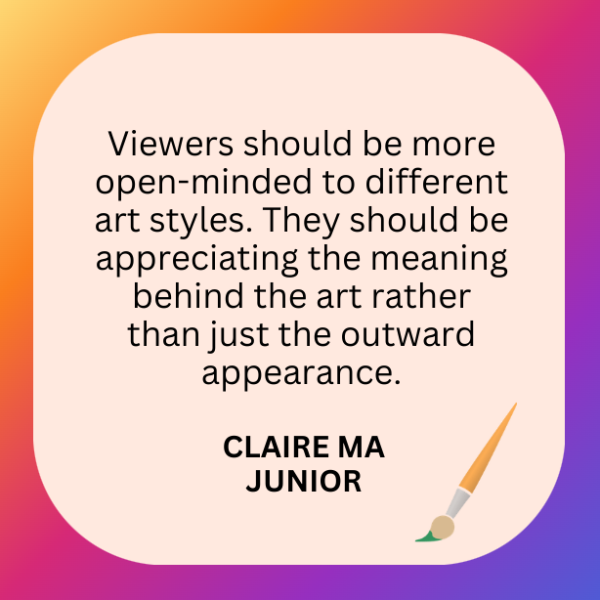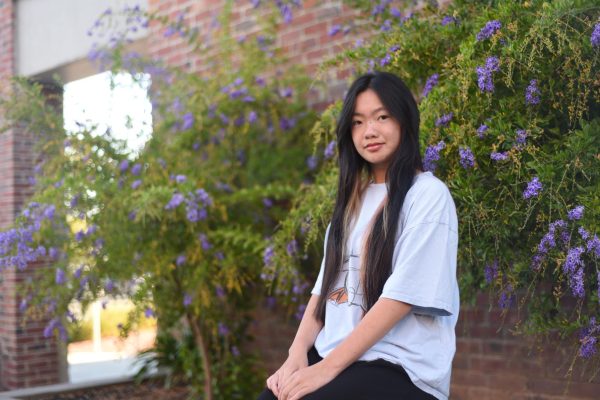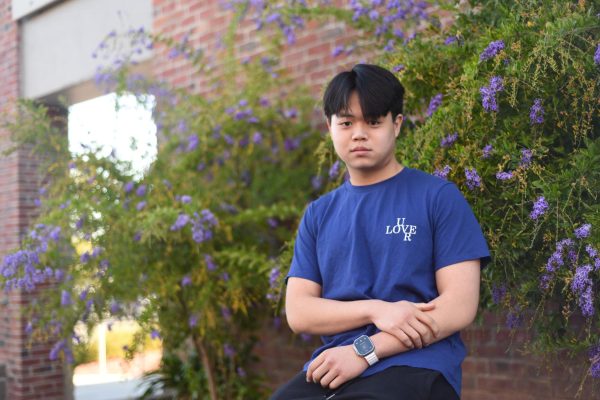The Tiktok starts off harmlessly with the words “Support a 13-year-old artist?” before transitioning to a showcase of detailed sketches done magnificently by artists of that age. Hidden in the comments section, many viewers express their admiration with comments ranging from “I WANNA LEARN PERSPECTIVE SO BAD” to “Is the 44th floor high enough?” Scrolling deeper, renditions of similar phrases fill the screen.
For many artists creating content on platforms like Instagram or TikTok, boosting viewership and engagement is often a priority. However, social media algorithms tend to favor certain types of content based on user interactions and engagement metrics, which results in mainstream trends dominating while more unique works receive less exposure, making social media a double-edged sword for artists. Although social media platforms can be a place to receive praise and advice, those benefits are contingent on the piece gaining widespread attention.
As a universal form of human expression that conveys emotions, ideas and experiences across various cultures, art thrives on originality — which makes social media’s tendency to promote trends that homogenize art especially damaging. According to junior Claire Ma, an artist experienced in a range of mediums, many artists often feel pressured to create art that conforms to mainstream trends rather than staying true to their style in order to gain followers.

Alternatively, some may argue that the quality of art can be measured by how well it resonates with an audience and therefore, the number of followers an influencer has can be a metric for how good their art is. However, due to the vast definition of art, it is incredibly difficult to define what actually makes an art piece better than another. Ma stresses that art is about expressing oneself through one’s work and shouldn’t involve seeking others’ approval.
“I think there’s no such thing as being good at art because everybody can create art,” Ma said. “But on social media, there’s specific content that users like to scroll through, so artists spend time trying to captivate the user’s eyes instead of actually including meaning behind their art.”
Some art influencers use certain engagement and promotion tactics — such as writing attention-grabbing captions, asking viewers to rate their work on absurd scales like “-five to 900000” or posting AI-generated art. While this boosts engagement, it diminishes the meaning of the process behind creating art and rewards a toxic, competitive atmosphere built solely off of metrics such as view counts or likes. According to Beautiful Bizarre, “for artists already struggling, it makes it easier to compare themselves, stifling their creativity and creating a self-fulfilling prophecy where they struggle to create, and have less content to share resulting in lower engagement and an increasingly negative feeling about their art.”
One specific engagement tactic that stands out is the use of age. Ma notes that when young artists reveal their age, it often shocks audiences and garners more interest. However, the sometimes unrealistic claims of content creators end up pressuring younger artists to reach high skill levels prematurely. This can trigger harmful comments, including self-deprecating remarks and backhanded compliments from people who feel inadequate compared to the younger, more talented artists they see online.

To combat the toxic environment that these trends create, Ma suggests that the online art community needs to place more value on crediting artists for their original ideas and creating opportunities to explore and praise more diverse forms of artistic expression. After all, we should encourage individuality and creativity, rather than conformity and competition.
“There should be more opportunities for artists who are trying to promote their own art instead of just taking another person’s art and making their own out of it,” Ma said. “Viewers should be more open-minded to different art styles that are out there. People should be appreciating the meaning behind the art, rather than just its outward appearance.”
Ultimately, art should not be about chasing trends or striving to be the best in a competitive space. Art, in its purest form, is about personal expression and the freedom to explore new ideas. Unfortunately, social media pushes the opposite narrative, where fame drives artistic choices. The challenge for artists today is to resist these pressures and remain true to the core of what art really is: a reflection of the self, not the standards imposed by an algorithm.













